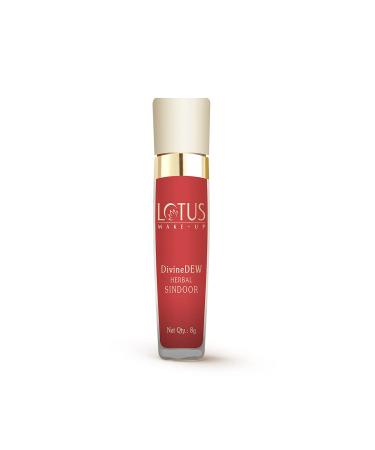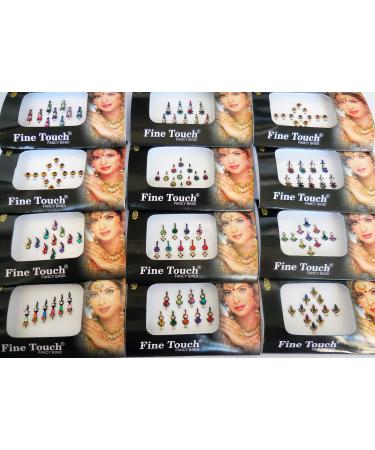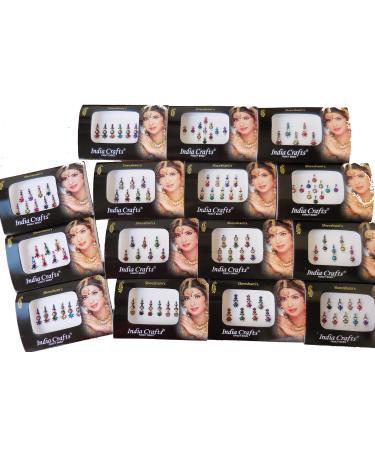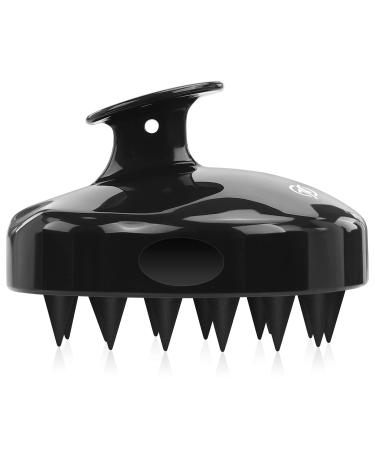To wear a bindi, one must first clean the forehead and apply a small amount of oil or water to ensure the bindi adheres properly. The bindi is then placed on the center of the forehead, between the eyebrows, and gently pressed to ensure it sticks in place.
To maintain the quality of the bindi throughout the day, it is important to avoid touching it frequently or sweating excessively. Additionally, one can use a transparent adhesive or hair spray to keep the bindi in place.
Bindis are available online and in stores that specialize in traditional Indian attire. They are also popular souvenir items for tourists visiting India. In recent years, bindis have gained popularity as a fashion accessory and are often worn by celebrities and influencers in India and abroad.
Overall, the bindi is an integral part of Indian culture and has a rich history and significance. It is a symbol of femininity and beauty, and continues to be an important accessory for women across India and beyond.
Traditional Asian Indian Face Jewelery and Body Art. Self adhesive Tattoo Stickers.
Bindi Designs from India This product is a fancy item and is created to be used for limited times.
Just take good care of it and it will last for more than expected! Clean the skin where the 'bindi' is to be applied.
The skin should be dry and make up free for better and prolonged adhesion.
Carefully peel off single 'bindi' with fingers from the film. Please remember, it is more delicate than you think. Press gently on the skin in desired position and then press little firmly for 3-4 seconds. After use, remove the bindi the same way you removed it from the sheet. Press it on its sheet and store away from dust and liquids in the cover.
The bindi, especially a red-colored one, also serves as an auspicious sign of marriage.
As the Hindu bride steps over the threshold of her husband's home, her red bindi is believed to usher in prosperity and grant her a place as the family's newest guardian.
The term "bindi" stems from the Sanskrit word bindu, which means drop or particle.
Because of the many languages and dialects spoken throughout India, it is important to note that bindis are otherwise known by many other names, including kumkum, sindoor, teep, tikli and bottu.
In Sanskrit, ajna translates as "command" or "perceive" and is considered the eye of intuition and intellect.
According to the Vedas, when something is seen in the mind's eye or in a dream, it is also seen by ajna.
Thus, the bindi's purpose is to enhance the powers of this chakra, specifically by facilitating one's ability to access their inner wisdom or guru, allowing them to see the world and interpret things in a truthful, unbiased manner as well as forsake their ego and rid their false labels.









![Stewart Freeze Dried Dog Treats Made in USA [Single Ingredient Puppy and Dog Training Treats - Grain Free Natural Dog Treats] Resealable Tub to Preserve Freshness - Buy Online on GoSupps.com](https://www.gosupps.com/media/catalog/product/cache/25/small_image/375x450/9df78eab33525d08d6e5fb8d27136e95/6/1/61gwbbixarl._ac_sl1500_.jpg)







